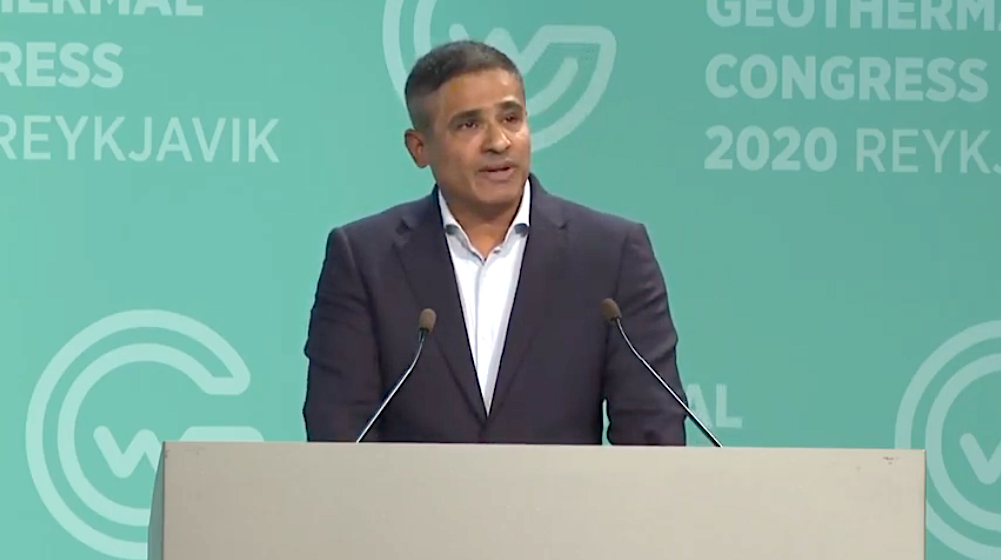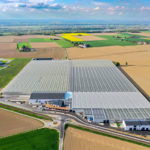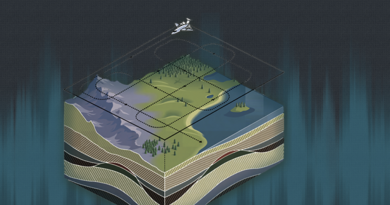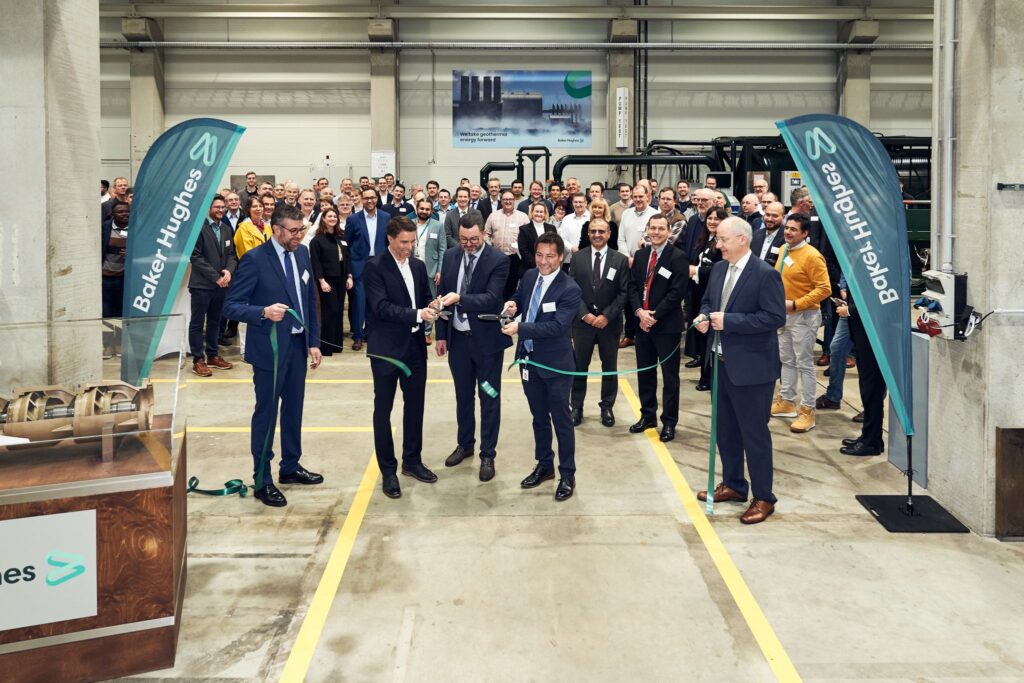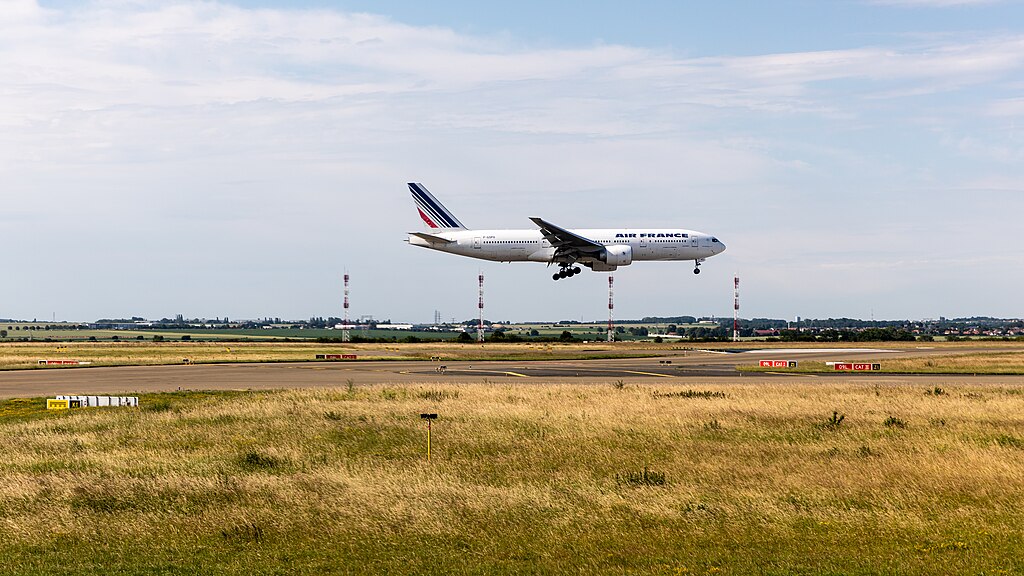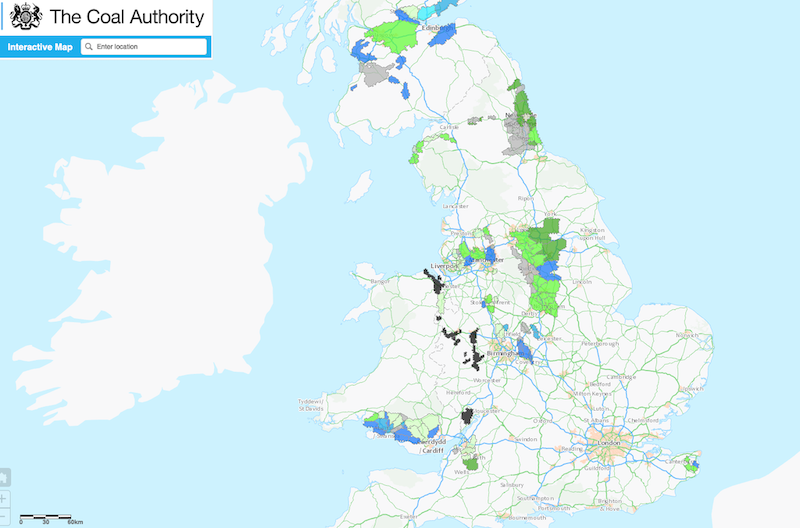Opinion – Delivering geothermal with reduced cost, risk and uncertainty
Energy Disrupter
How to the industry can reduce cost, risk, and uncertainty int he delivery of geothermal energy as part of the global energy transition, is described in this post by Ajit Menon, Vice President Geothermal and Energy Transition at Baker Hughes.
In an article shared on his LinkedIn profile, Ajit Menon, Vice President Geothermal and Energy Transition at Baker Hughes shares his view on “Reducing Cost, Risk and Uncertainty in the Delivery of Geothermal Energy”. As part of World Geothermal Congress 2020+1 he gave a good speech on exactly that topic. So here below his written take.
Geothermal energy is not new and at Baker Hughes we have been involved in geothermal for over 40 years.
But we still have some real challenges to address with geothermal energy: cost, risk and uncertainty are critical factors we need to focus on to actually enable the industrialization of geothermal energy, so it takes its place as a key resource in our efforts to address climate change together with other renewables.
A major reason we feel passionately about geothermal energy is its continuity and reliability of supply and the ability to use it when we need it and can be used for heating as well as electricity supply.
So, how can we address the challenges of cost, risk and uncertainty?
On the cost side, technology that allows compressing the time to deliver geothermal wells and get us to the depths and temperatures required is critical. We have demonstrated that we can address these types of challenges right here in Iceland. Four years ago, one of the longest, deepest and hottest geothermal wells was executed as part of the Iceland Deep Drilling II Project, which we at Baker Hughes were proud to be a part of.
But we can take this one step further. Drilling wells more efficiently, consistently and repeatedly again and again through the use of remote expertise available at the well site, enables better project execution. We’ve all learned how to do this in our daily lives during the pandemic and with the small community of concentrated knowledge and experience in geothermal and the often remote locations where we are trying to exploit it, we can certainly leverage this capability.
In addition, improving the tools that will allow us to understand the subsurface and mapping of the resource, can help us both mitigate dry well risk and assure output. We can even potentially eliminate dry well risk altogether, through the use of the closed loop technologies that a number of organizations are developing.
Also, much better connection and coordination between what’s happening in the subsurface with the surface will allow for better plant optimization, operating efficiency and reliability. And this is both during the well construction phase and the production phase.
We can also compress the cycle between the subsurface phase and the power plant installation, and therefore shorten the time to power, which will reduce investment uncertainty and improve returns.
Due to our involvement at Baker Hughes as a technology provider, both in subsurface and in surface phases, we see some real opportunity for gains here.
So, by addressing these and other areas, we can actually make a geothermal project a more attractive energy investment.
Now that’s not enough. Collaboration is going to be critical. No one organization or stakeholder can do this all on their own. Apart from developing and applying technology, facilitating investment, even in the early stages of a geothermal development, is crucial. This is especially true outside the established geothermal hot spots, away from the large, developer-funded projects. And this will require more of an acceptance of science modelling and analysis as a basis for investment, as opposed to just demonstrated output.
In addition, more comprehensive planning, engineering and project management of the various stakeholders, will result in a track record of better outcomes and project execution within realistic budgets. This will reduce lender uncertainty and make geothermal a more reliable investment, in addition to being a very reliable energy source.
We have therefore a great and realistic opportunity to not only enable this, but actually exceed these projections.
The truth is, as we all know, no actual shortage of geothermal energy around the world. The challenge lies in bringing it to market. We have seen commitment from stakeholders to address climate change that is now reflected in real policy, which has been demonstrated right here in Europe. The spectacular growth of the direct-use market is testimony to this.
Therefore, the time is now for all of us to show our collective commitment by playing our various roles and working together to develop, adopt and leverage technology to reduce cost, risk and uncertainty in the delivery of geothermal energy.
Source: Ajit Menon via LinkedIn

